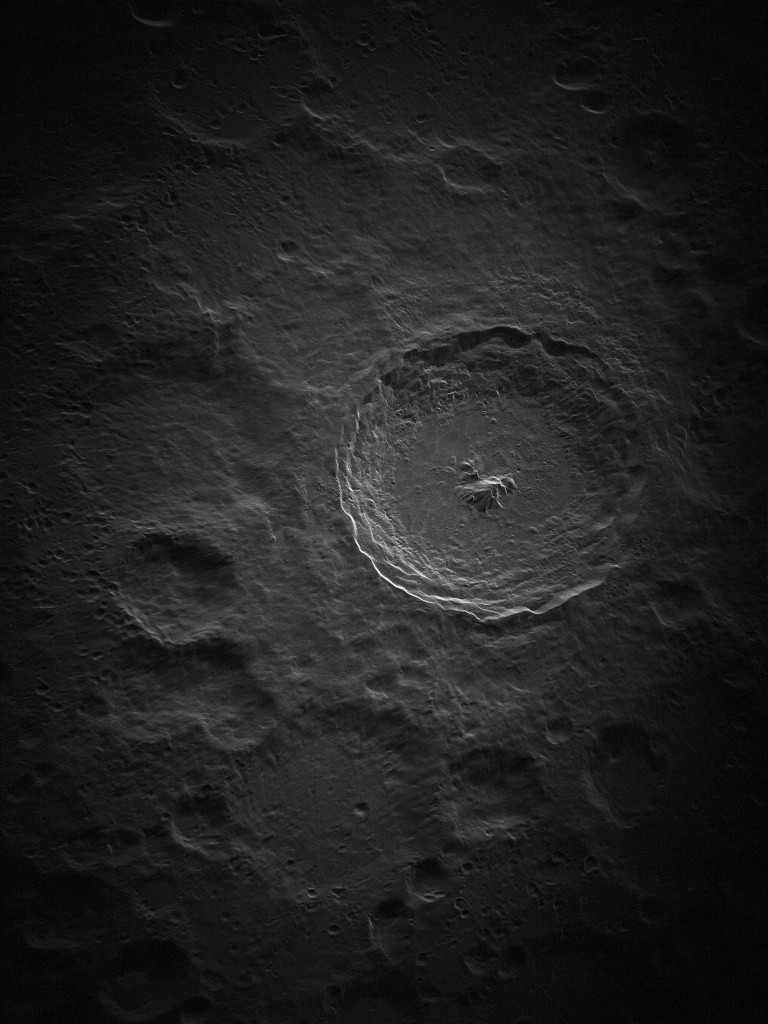Scientists and engineers captured the highest-resolution radar images of the moon ever obtained from the ground using the Green Bank Telescope (GBT) and Very Long Baseline Array (VLBA) of the National Science Foundation.
This could usher in a new generation of radar systems to study moons, planets, and other objects in deep space, according to a press release from the Green Bank Observatory (GBO).

Steerable Radio Telescope
The GBT, the biggest fully steerable radio telescope in the world, is getting a next-generation planetary radar system from the National Radio Astronomy Observatory (NRAO), GBO, and Raytheon Intelligence & Space (RIS).
GBO claims that some of the best planetary radar photos ever taken from Earth were produced by the system's prototype.
A low-power radar transmitter with a maximum output power of 700 watts at 13.9 GHz was operated on the GBT and targeted at the surface of the moon using ten 25-meter VLBA antennas from NRAO.
The Tycho crater was photographed with a 5-meter resolution, revealing the moon's surface in crisp and striking detail from our planet.
The 500 kW Ku-band (13.7 GHz) planetary radar for the GBT, which will use the VLBA and the upcoming Next Generation Very Large Array (ngVLA) as receivers, is still under design.
With a waveform bandwidth of up to 600 MHz and an output power that is almost 1000 times higher, this high-power system is expected to have higher-resolution imaging.
Planetary Defense System
GBO said that this system will also act as the first line of defense for the planet with its ability to identify and track potentially dangerous objects that may be hurling toward the Earth.
"In our tests, we were able to zero in on an asteroid 2.1 million kilometers away from us more than 5 times the distance from the Earth to the Moon. The asteroid is about a kilometer in size, which is large enough to cause global devastation should there be an impact," Patrick Taylor, radar division head for GBO and NRAO, said in a statement.
Taylor added that with the high-power system, they will be able to study more distant space objects while developing strategies against possible impacts.
NASA's Double Asteroid Redirection Test (DART) mission recently proved that defending the planet from harmful space objects is impossible. In fact, GBT data had a role to play in the test after confirming that DART's impact altered the course of the asteroid.
This instrument will also be helpful for planetary science astrometry, imaging, and physical and dynamic characterization of solar system objects.
The GBT's increased radar capabilities offer a new instrument for data collection at higher resolutions and previously unattainable wavelengths. NRAO and GBO are also currently creating cutting-edge data reduction and analysis capabilities to further expand the radar's capabilities.
Related Article : China's Chang'e-5 Mission Moon Rock Sample Shows New Lunar Mineral-A Breakthrough in Mineralogy Research

ⓒ 2025 TECHTIMES.com All rights reserved. Do not reproduce without permission.


![Best Gaming Mouse For Gamers With Smaller Hands [2025]](https://d.techtimes.com/en/full/461466/best-gaming-mouse-gamers-smaller-hands-2025.png?w=184&h=103&f=6fd057ef777bd39251d4e7e82e9b23f1)

